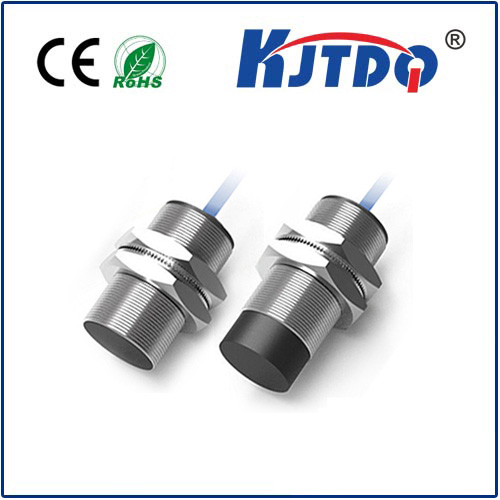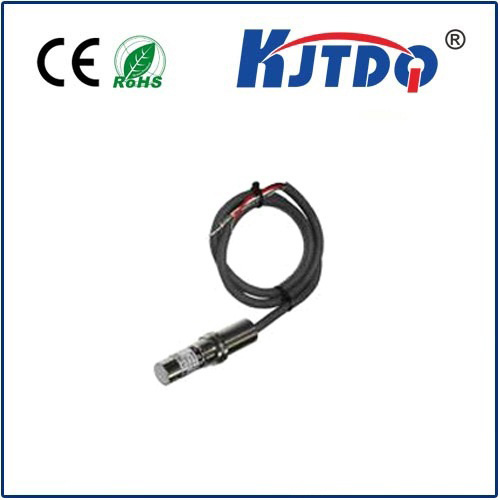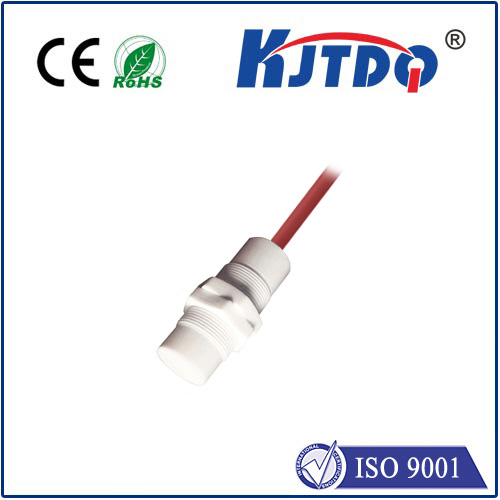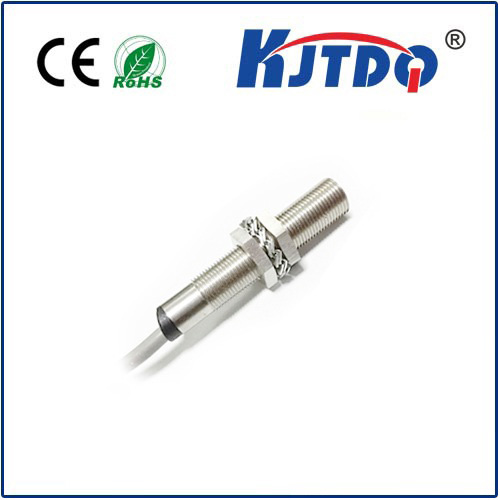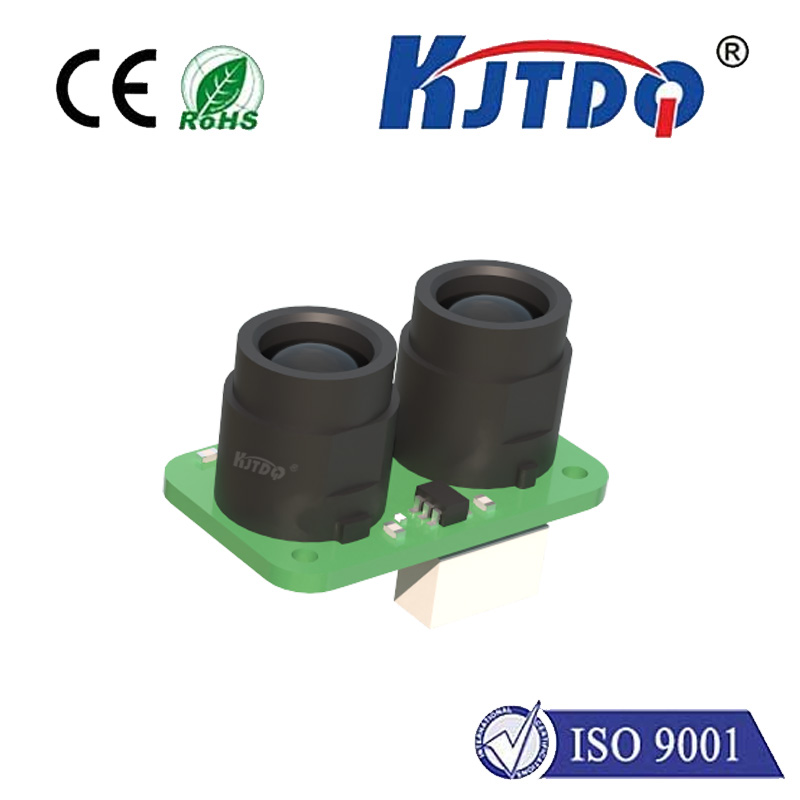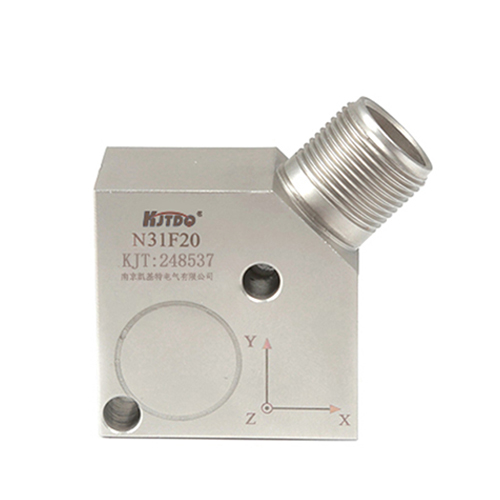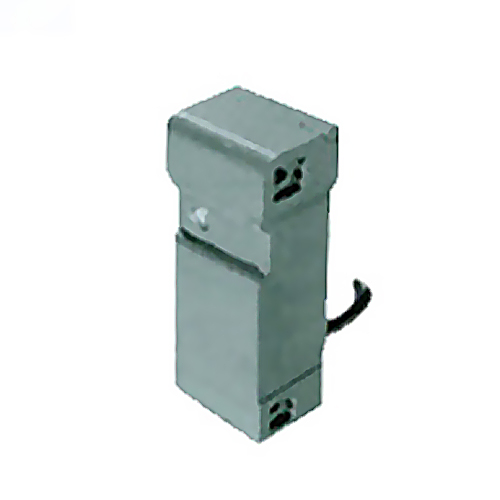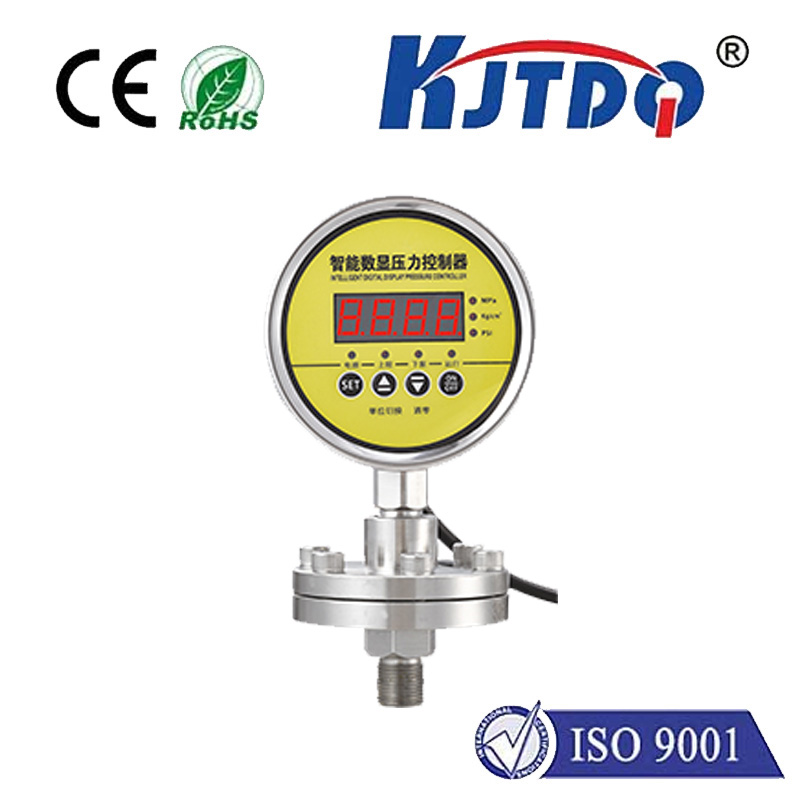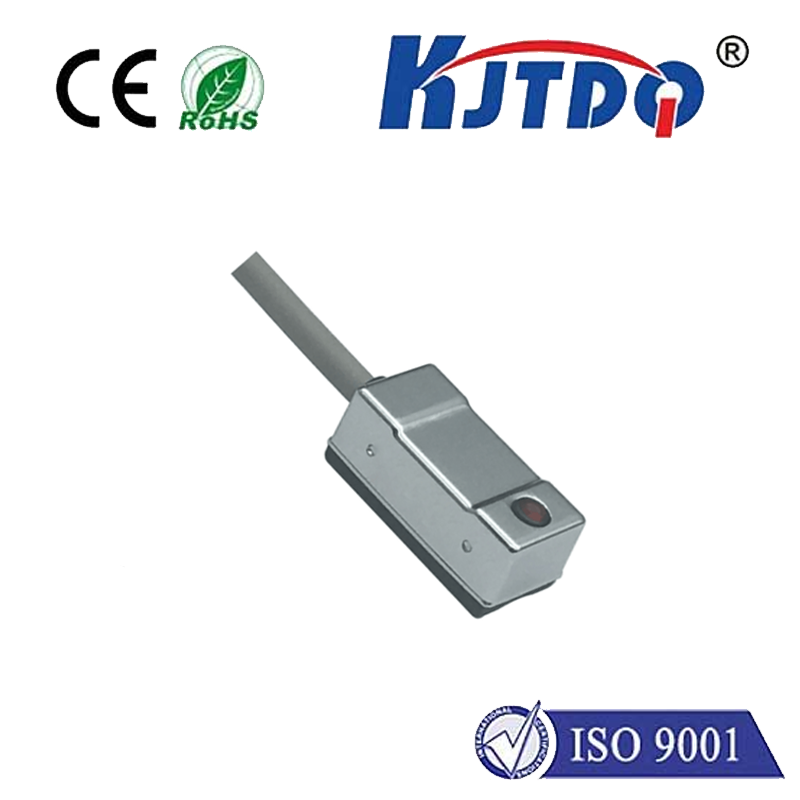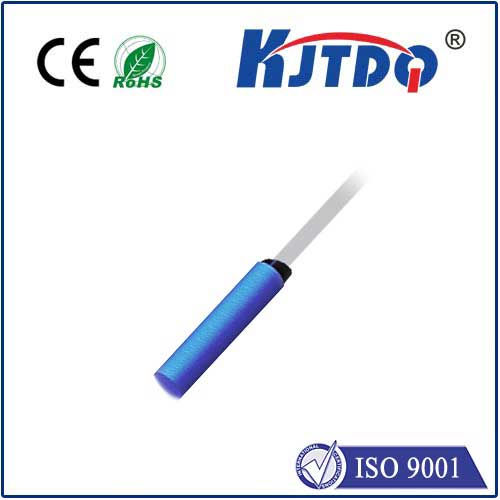

check

check

check

check
Optical Fiber Sensors: The Future of Smart Monitoring and Measurement
Optical fiber sensors have become a cornerstone of modern monitoring and measurement systems, offering unparalleled accuracy, durability, and versatility in a wide range of applications. Among the many innovations in this field, the FU-45 optical fiber sensor stands out as a highly advanced and reliable solution tailored for precision sensing in industrial, environmental, and structural monitoring. This article explores the key features, applications, and advantages of the FU-45 optical fiber sensor, highlighting its role in pushing the boundaries of smart sensing technology.
The FU-45 optical fiber sensor is designed to detect various physical parameters such as strain, temperature, pressure, and vibration with high sensitivity and minimal interference. Unlike traditional sensors, which often require complex installation and maintenance, the FU-45 offers a compact, robust, and easy-to-install design that is suitable for both fixed and mobile applications. Its optical fiber structure allows for non-contact measurement, making it ideal for environments where direct contact with the object being monitored is impractical or hazardous.

One of the most significant advantages of the FU-45 is its ability to operate in extreme conditions. Whether it is used in high-temperature industrial processes, harsh outdoor environments, or deep-sea monitoring systems, the sensor maintains consistent performance and accuracy. The sensor’s fiber core is coated with a protective layer that shields it from environmental factors such as moisture, dust, and corrosive gases, ensuring long-term reliability and minimal maintenance.
The FU-45 also excels in signal transmission and data processing. The optical fiber sensor operates on optical principles, converting physical changes into light signals that can be easily analyzed and processed. This makes it highly compatible with modern data acquisition systems and digital monitoring platforms, enabling real-time data acquisition and analysis. Its high signal-to-noise ratio ensures that even in noisy environments, the sensor can provide clear and accurate readings.
In addition to its technical advantages, the FU-45 is widely used in various industries, including aerospace, automotive, energy, and civil engineering. In aerospace applications, it is employed to monitor the structural integrity of aircraft components, detecting early signs of stress or fatigue. In the automotive industry, it is used for real-time monitoring of engine performance and vehicle vibrations, helping to improve safety and efficiency. In the energy sector, the sensor is utilized in power plants and pipelines to monitor temperature and pressure changes, ensuring safe and efficient operations.
Another notable feature of the FU-45 is its versatility in application. It can be configured to measure different parameters depending on the specific needs of the user. For example, it can be used to monitor strain in bridges, detect temperature variations in buildings, or measure pressure in fluid systems. The sensor’s modular design allows for easy integration into existing infrastructure, making it a cost-effective and scalable solution for monitoring and control systems.
The FU-45 optical fiber sensor is also gaining traction in emerging technologies such as smart cities and the Internet of Things (IoT). Its ability to transmit data wirelessly and its compatibility with IoT platforms make it an essential component in the development of intelligent monitoring systems. As industries continue to evolve and demand more precise and efficient monitoring solutions, the FU-45 stands out as a reliable and innovative choice.
In conclusion, the FU-45 optical fiber sensor represents a significant advancement in sensing technology, offering a combination of precision, reliability, and versatility that makes it a valuable tool across multiple industries. As the demand for smart monitoring systems grows, the FU-45 is poised to play an even more critical role in shaping the future of industrial and environmental monitoring.
